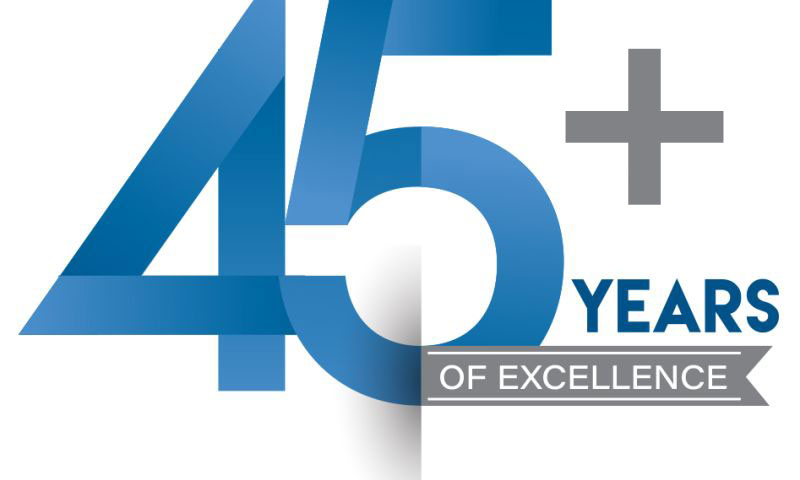Below you’ll find answers to the most common questions you may have on Maan Machine Tools.
Also, please feel free to check out our Machine Range.
If you still can’t find the answer you’re looking for, just Contact us!
Maan Machine Tools clears all doubts of clients for a worry-free and comprehensive guide to Holographic Solutions
Hologram is an image registered with use of coherent laser light. It allows to preserve the 3-D information of a heliographed subject. With a single source of white light, the image is "played back" and appears in 3-D exactly as it was registered in the studio. Image can project deep inside, or "stick" out of the picture. Virtually impossible to copy and displaying unique visual effects, they present themselves as an unbeatable security solution for brand protection and brand promotion.
Every Industry and any industry can use the Holographic products to enhance the image of their brands in the market as an genuine and authenticated brands. They are used for attractive product packaging, security applications (they are almost impossible to counterfeit), fancy gifts, etc. Holograms are new media of 3-D art, registration of priceless artifacts, etc. They are also used in new technology aircraft, automobiles, etc. A few leading companies are also working on Holographic video and TV systems. For your quick reference, some of the industry segments where Holograms are used very frequently are as follows:
List is ever growing & expanding.
Yes, and no. It is possible to make a hologram of photograph, but photograph itself contains flat, 2-D image information. Therefore on the hologram it will also look flat. It would look just like a flat photograph floating in the space on front, or behind the frame. The third, missing dimension of a photograph cannot be reconstructed by holographic process.
This is an important basic step before going for the commercial production of Holograms. As with many creative art forms, there are many choices available depending upon what we want to accomplish. Some basic things that are used, are as follows:-
1) 2D Objects (Graphics, Illustrations, Photographs etc.).
2) 3D(Miniature Models, Actual objects, Sculptures).
3) Specially Shot Motion-pictures.
The different kinds of Hologram Master are as follows:-
1) 2D Hologram Master.
2) 2D/3D Hologram Master.
3) 3D Hologram Master.
4) Flip-Flop Hologram Master.
5) Dot-Matrix Hologram Master.
6) Stereo Hologram Master.
7) Photopolymer Hologram Master.
Let’s break down the reasons for using holograms and holographic products:
Impact: Holograms are visually captivating and tend to hold attention longer than other graphic mediums. When a customer’s name, logo, or slogan appears on a hologram, the message is reinforced.
Pass-Around Value: People are impressed by high-quality holograms and are likely to share them with colleagues and associates, increasing their visibility.
Retention: Good holograms are memorable. Some recipients have reported contacting hologram providers even months after receiving hologram-bearing items like business cards. It’s unlikely that a pen, calendar, or diary would have the same lasting impact.
Security: Holograms are extremely difficult to duplicate, making them integral to government and commercial security programs. They are applied to documents, currency, ID cards, and product labels. Manufacturers enhance security holograms with sequential, hidden text, and other covert features to deter counterfeiters.
Commercial Reasons:
Holographic products constitute a unique market. They are sold as retail items, including greeting cards, direct-mail literature, collectibles, trading cards, packaging, and displays.
Promotional Reasons: Holographic materials catch the attention of prospects. When light falls on them, they diffract the seven colors of the spectrum, creating unique three-dimensional images and colors.
Hologram Type Artwork Format:
2D or 2D/3D :: Colour separated black & white artwork.
D Hologram :: Same size sculpted stable product or models coloured in gray scale.
Dot Matrix :: Computer graphic paint file such as GIF OR TIF, in resolution set according to the optical specifications. Typically 100 dpi or 200 dpi.
Stereo gram :: Colour separated film footage or 35mm pin registered slides. Digital LCD Stereo grams: Stereo video footage, scanned color art work, 3 model or live scenes indoor or outdoor or Composite montages or above.

For over 45 years, we’ve been delivering reliable and complete holographic machines and solutions.
Maan Machine Tools is more than a machine manufacturer, we’re a PARTNER committed to your success.
Years of Excellence
Range of Machines
Customer Trusted Choice
Machines Sales


